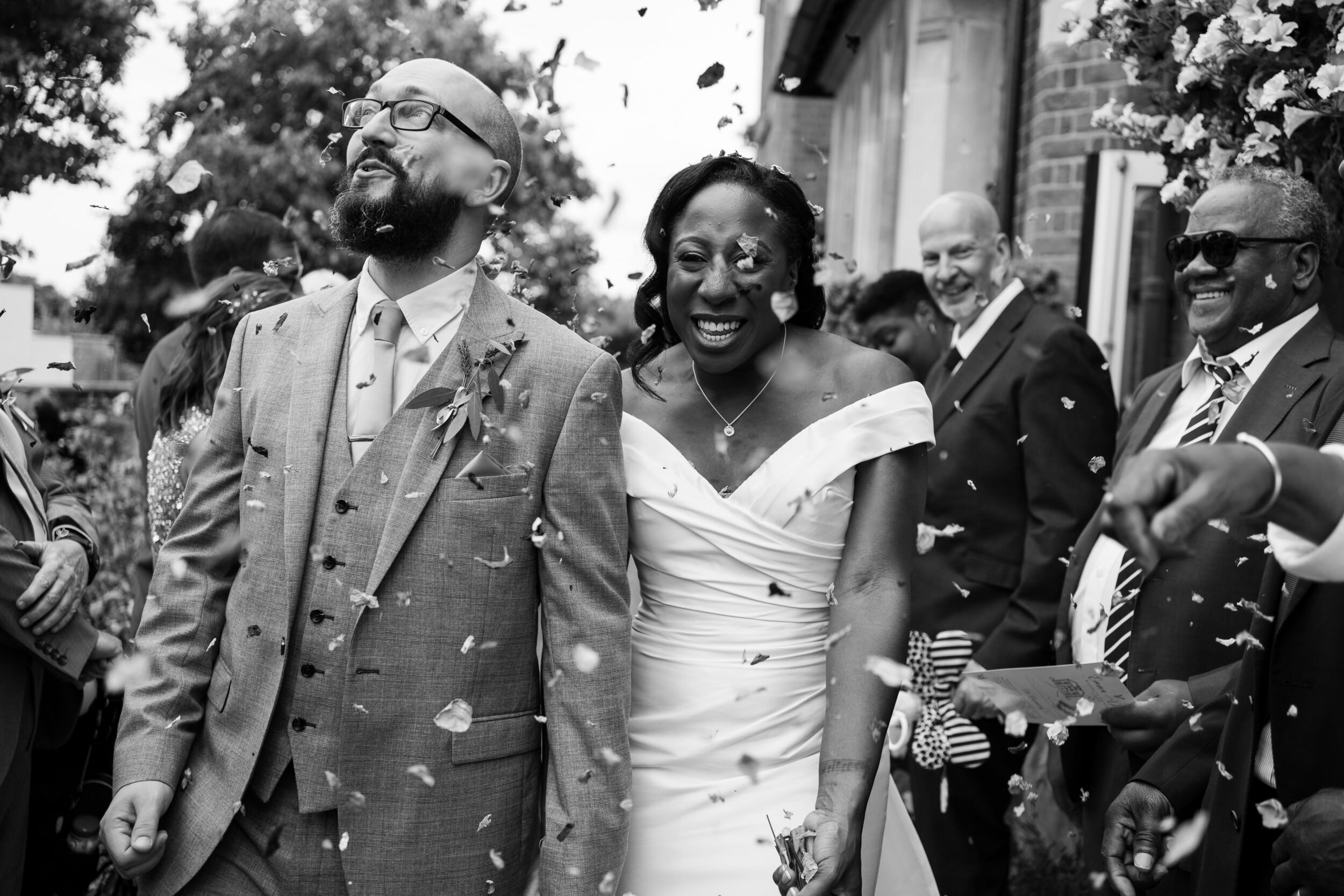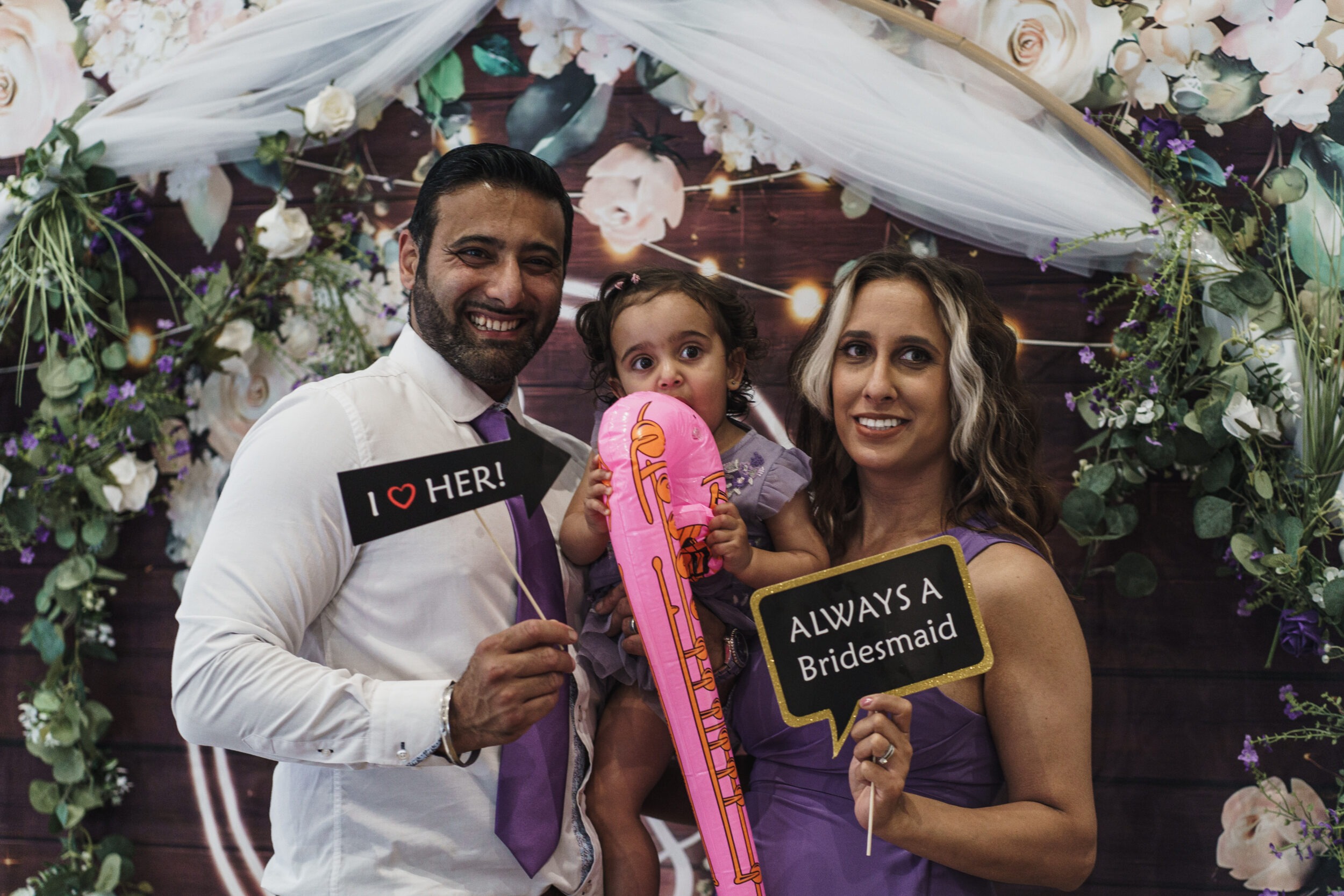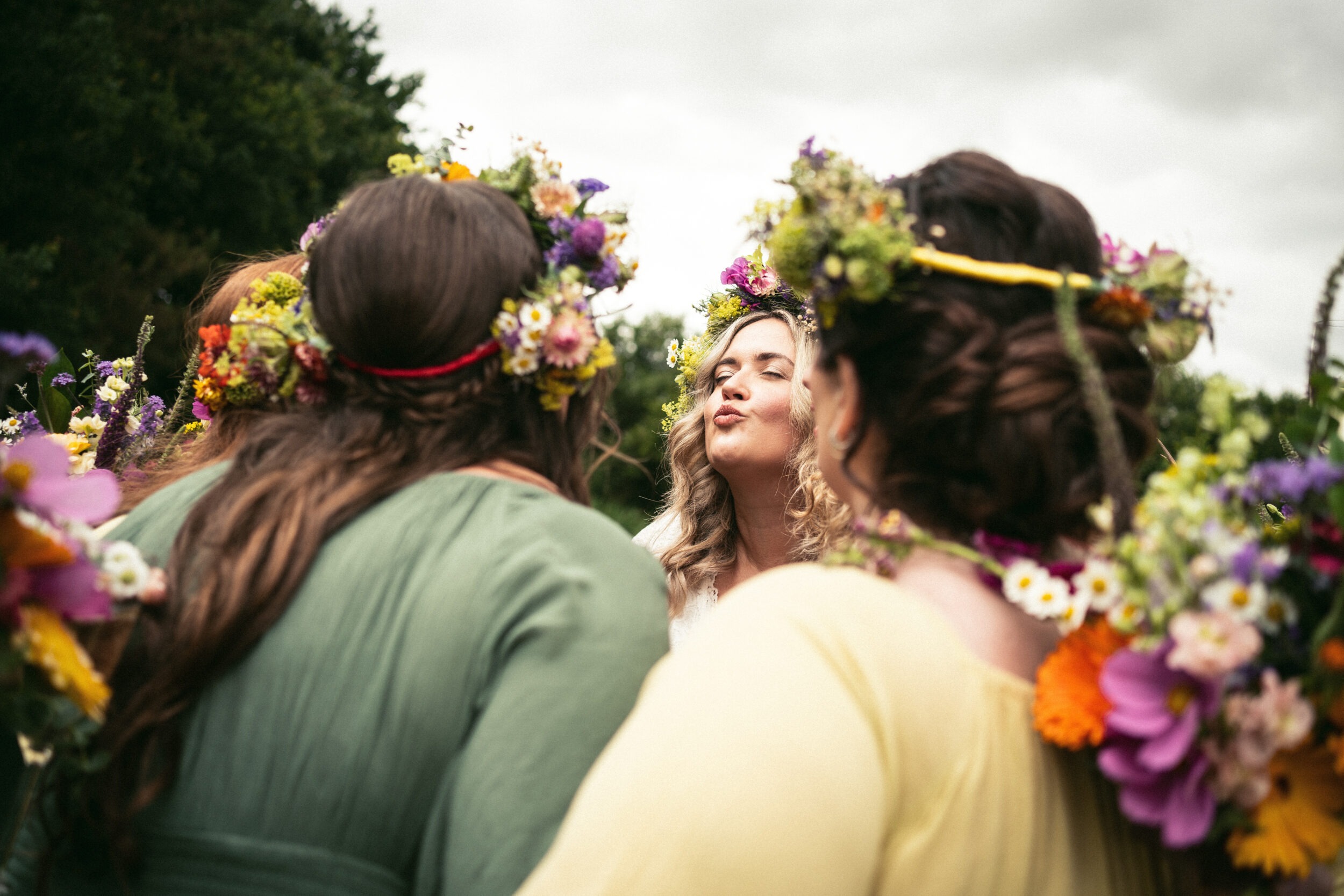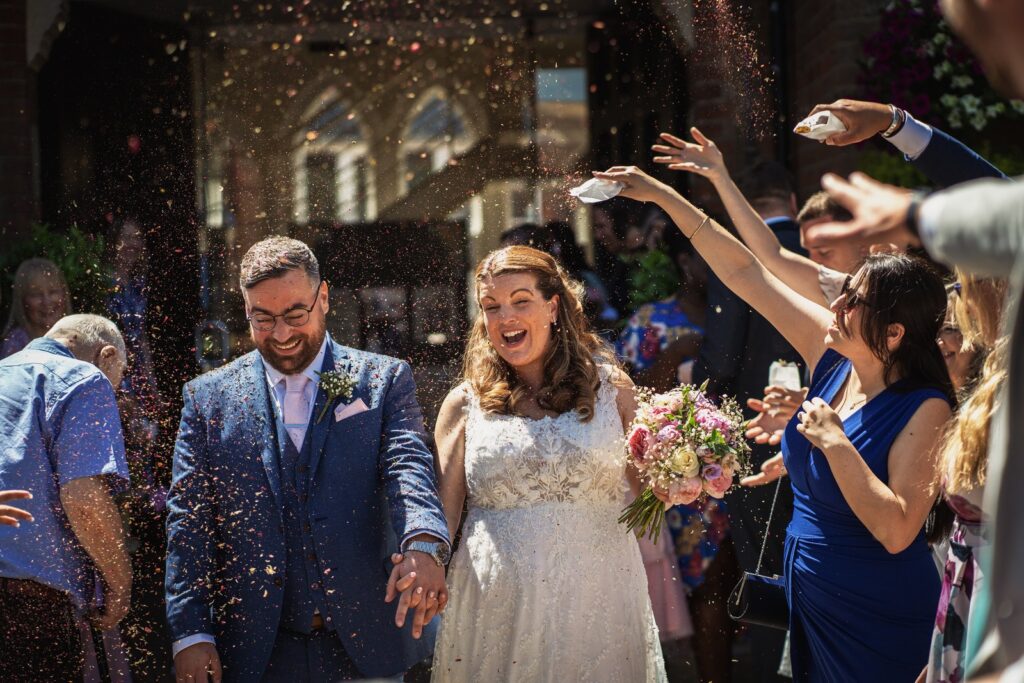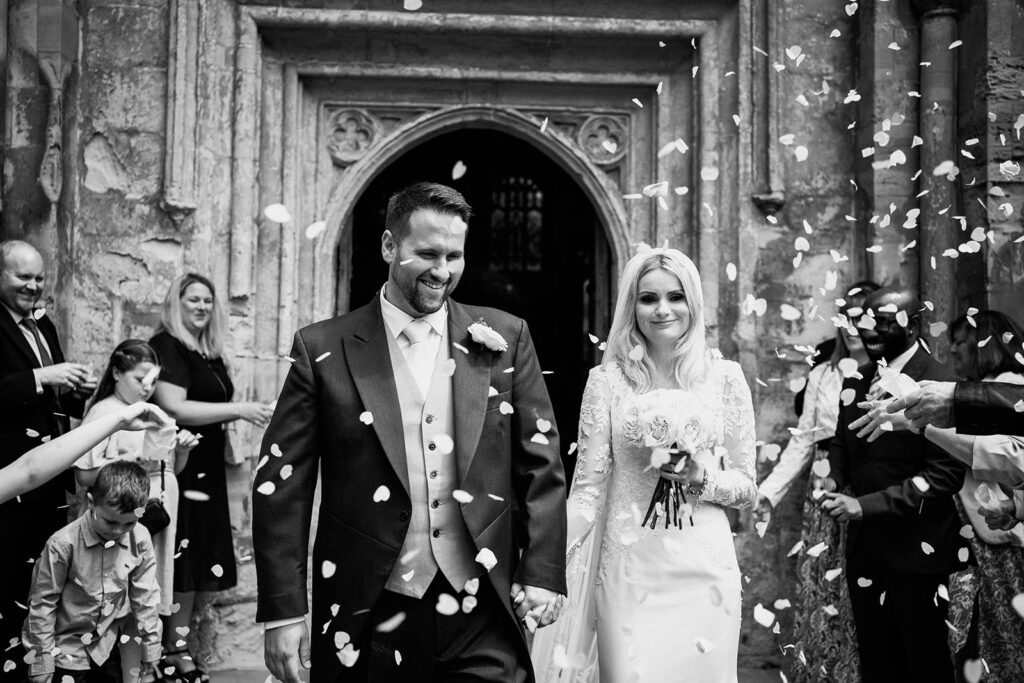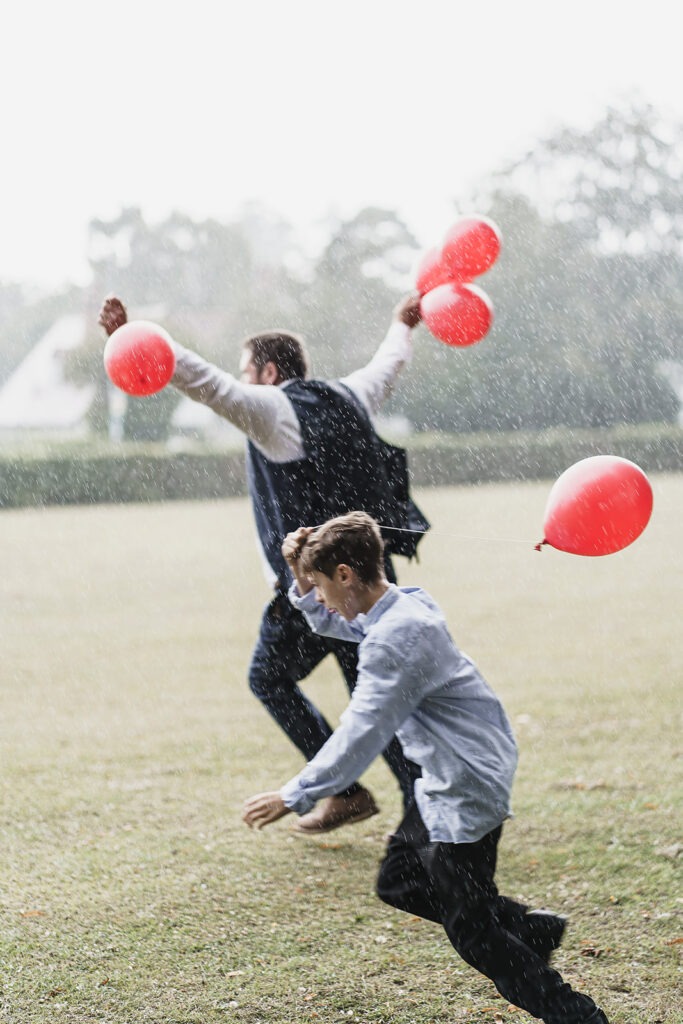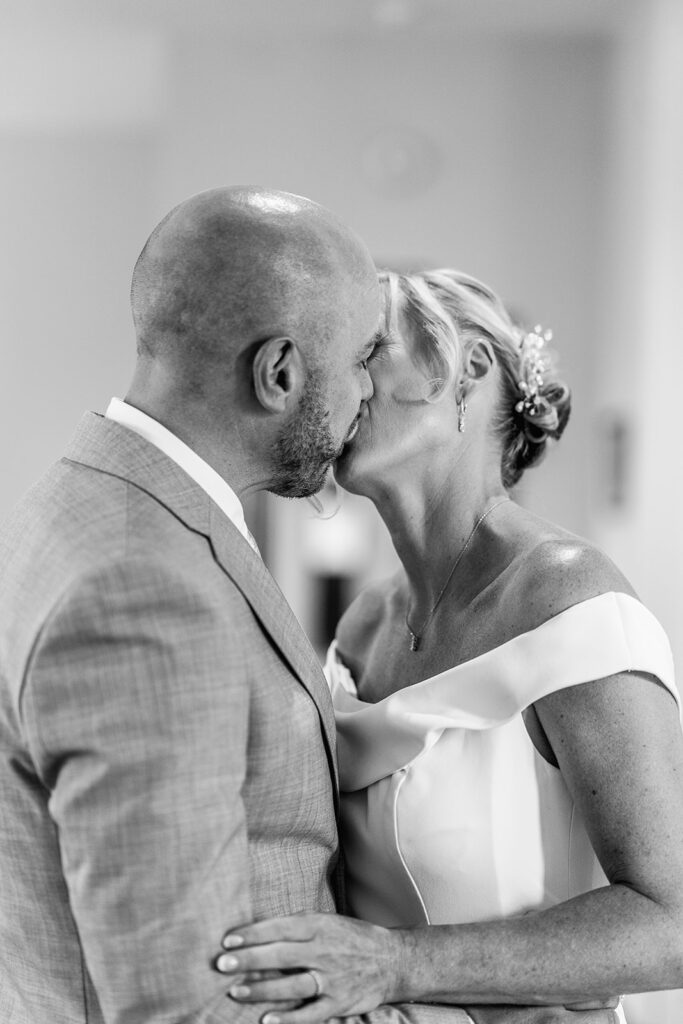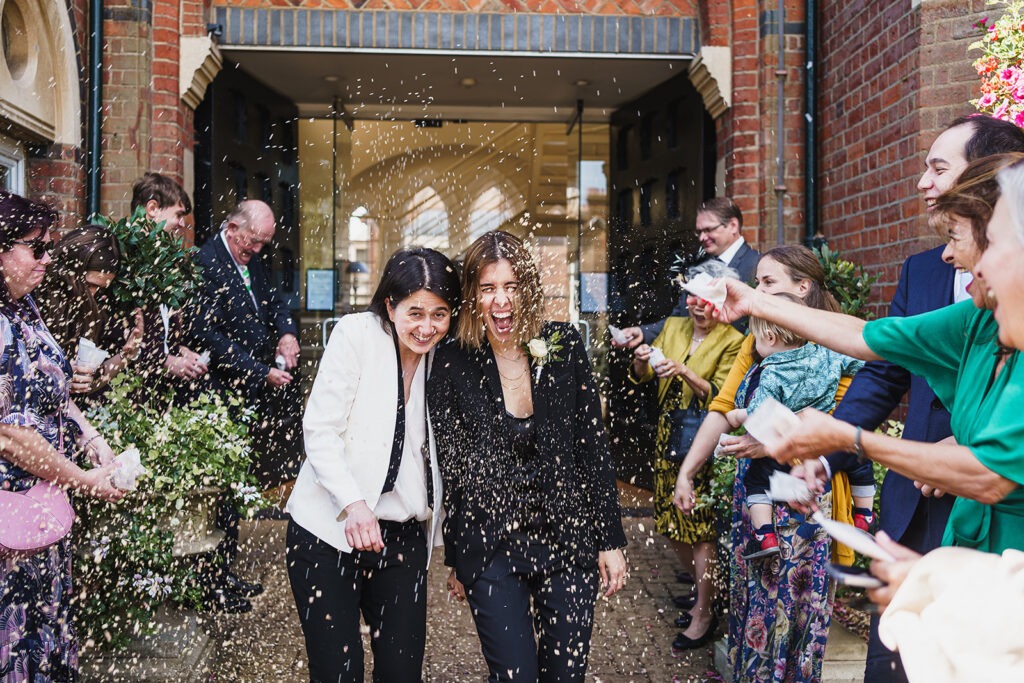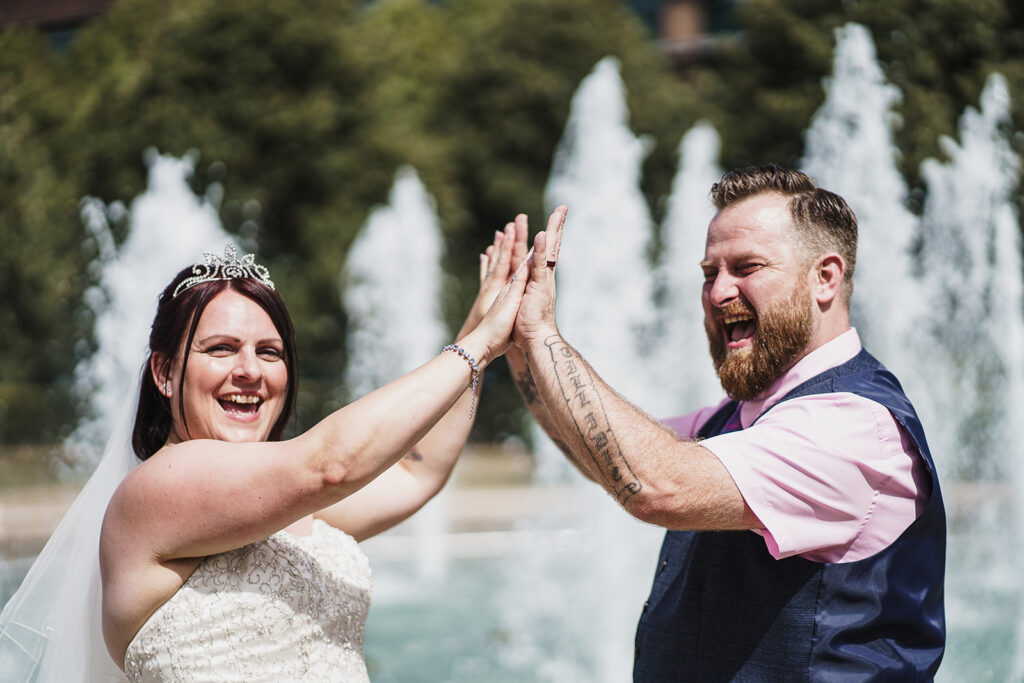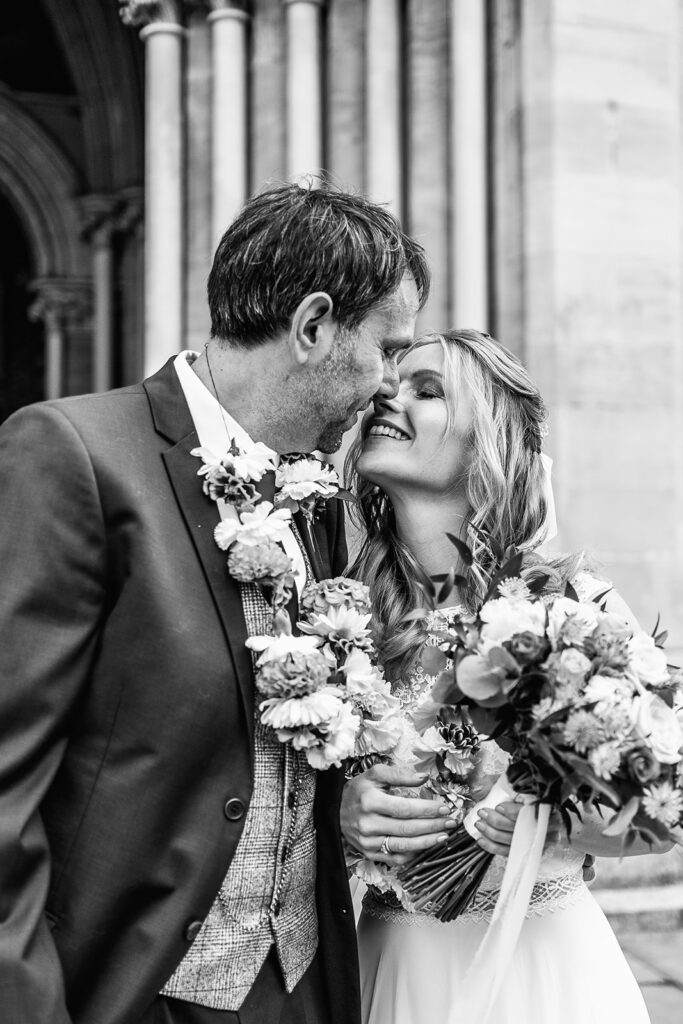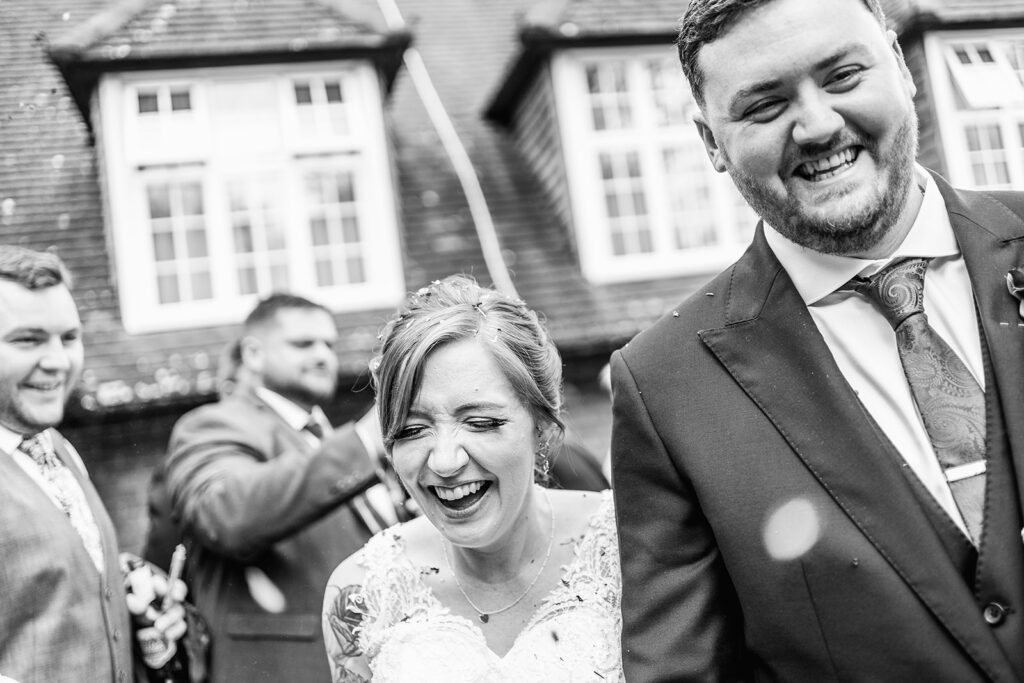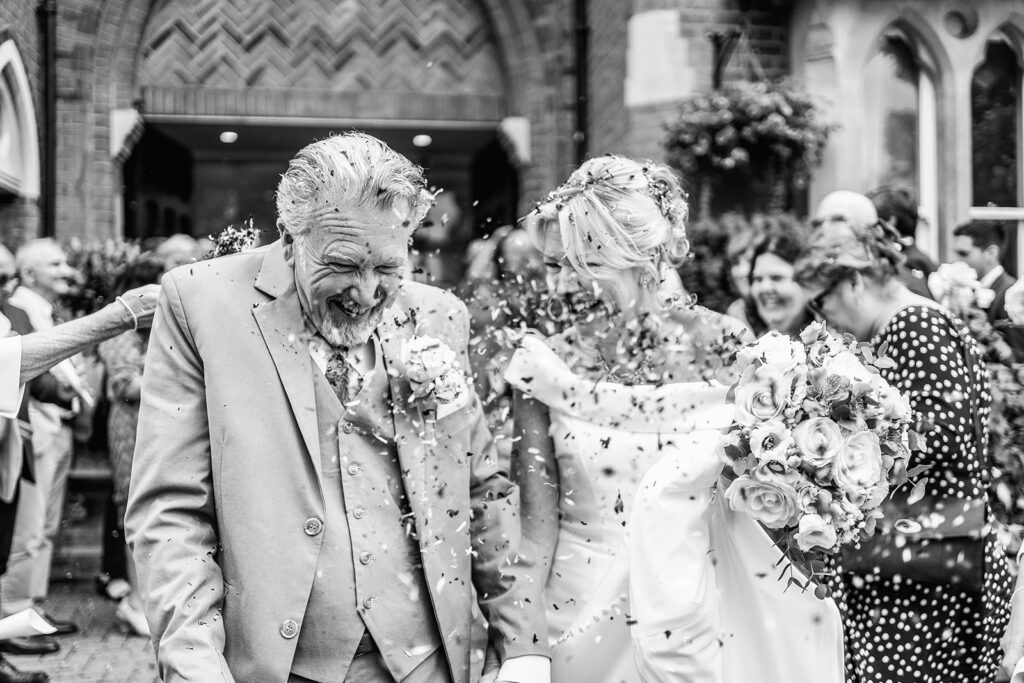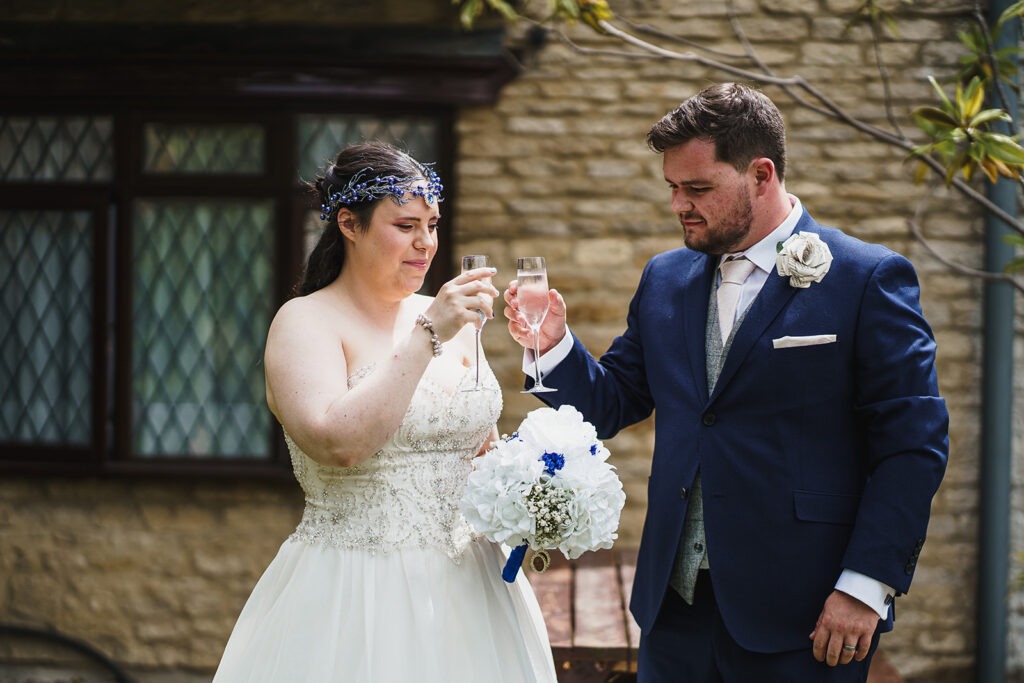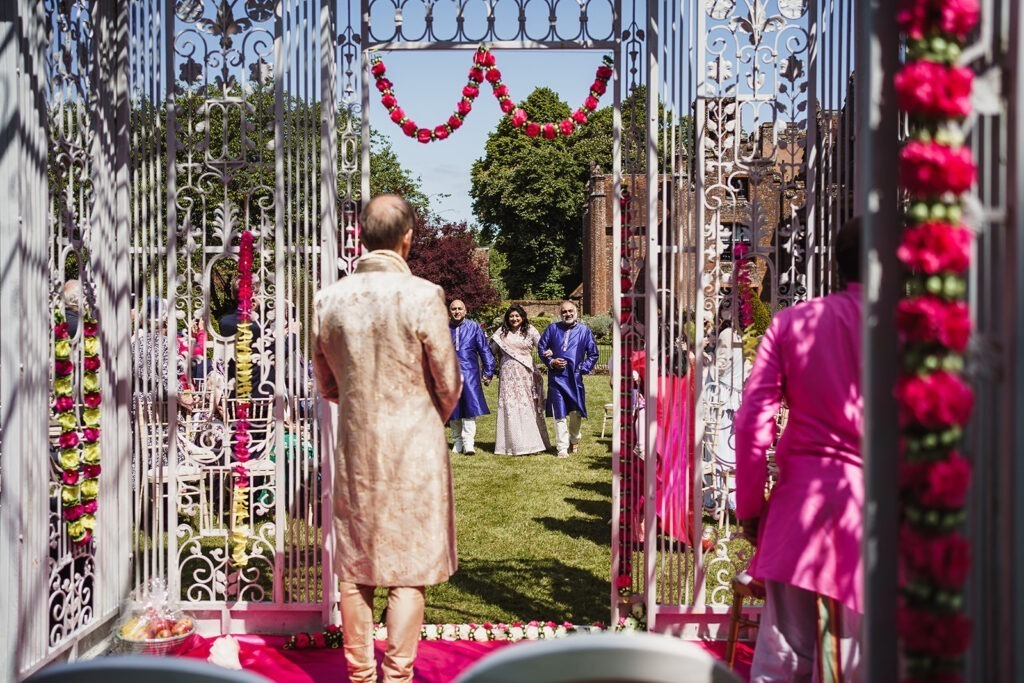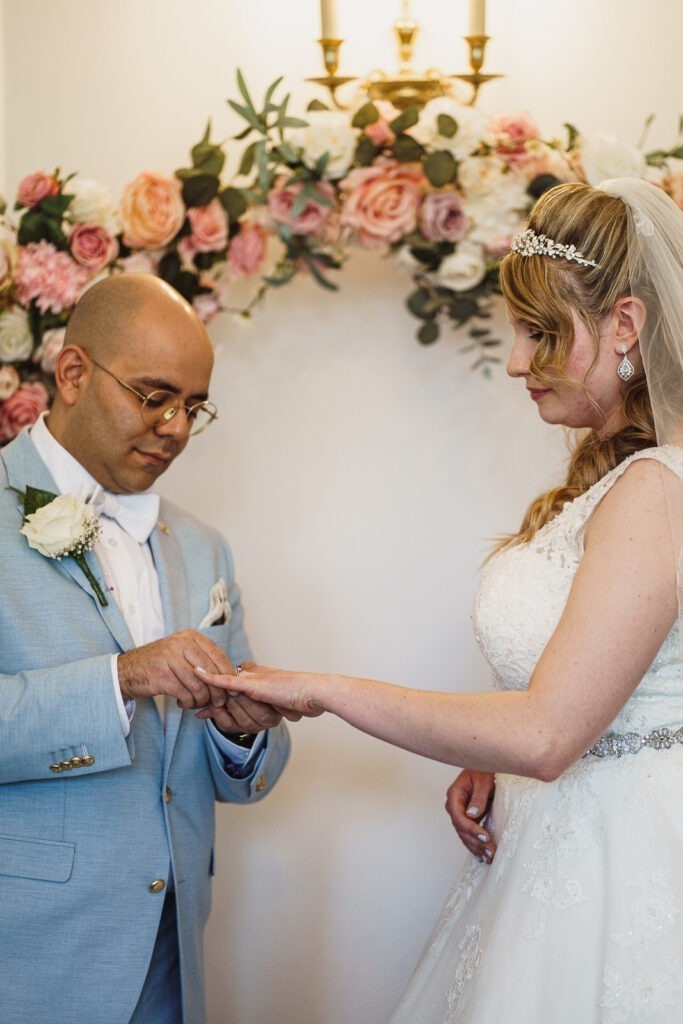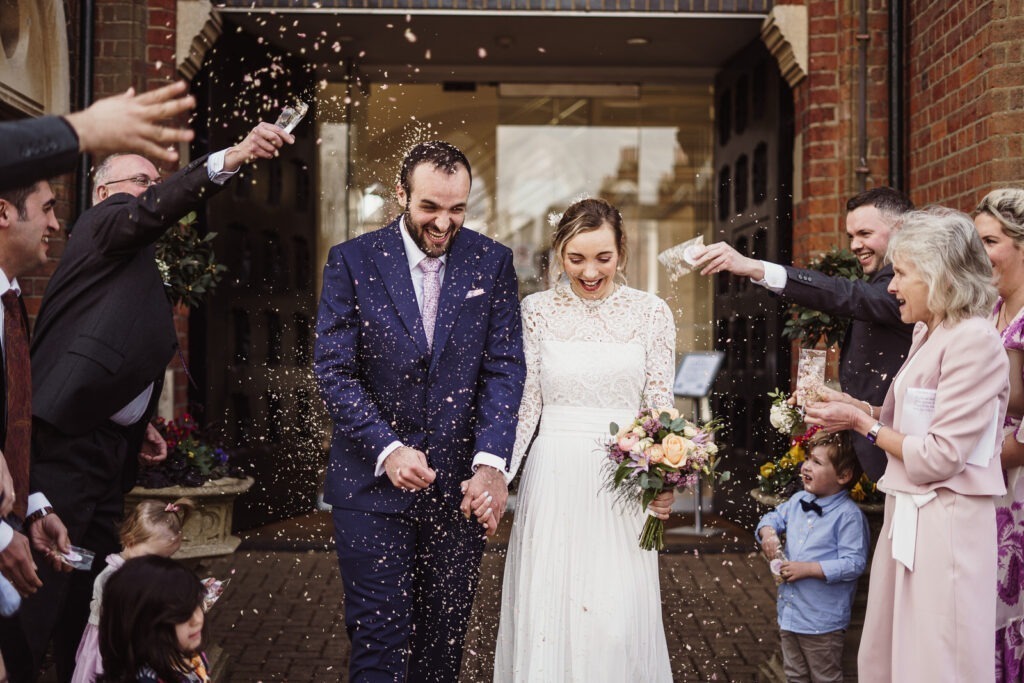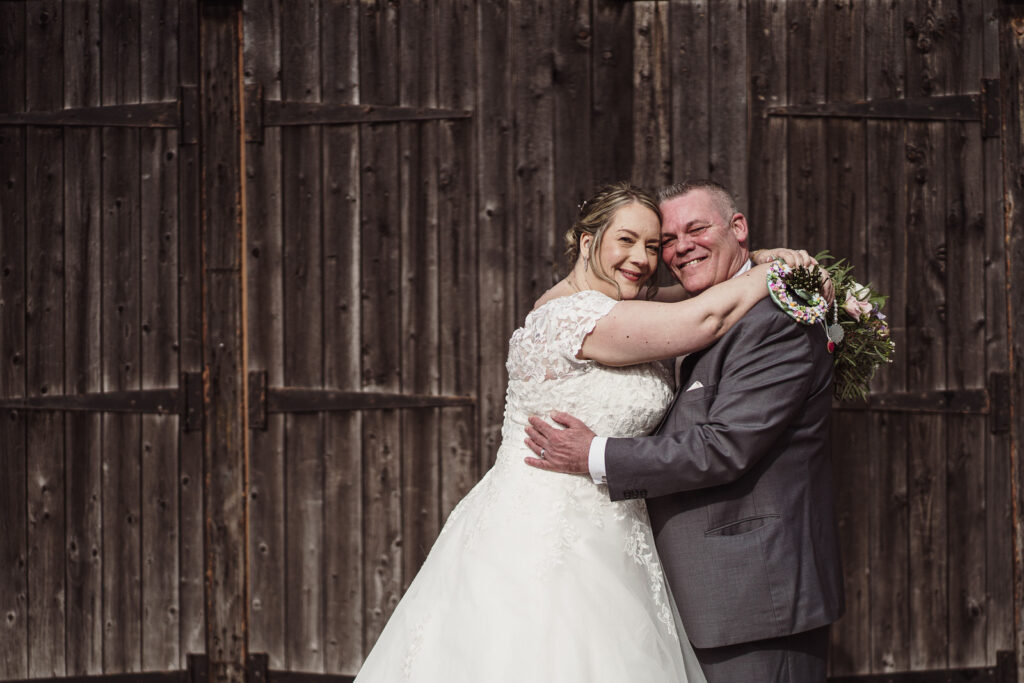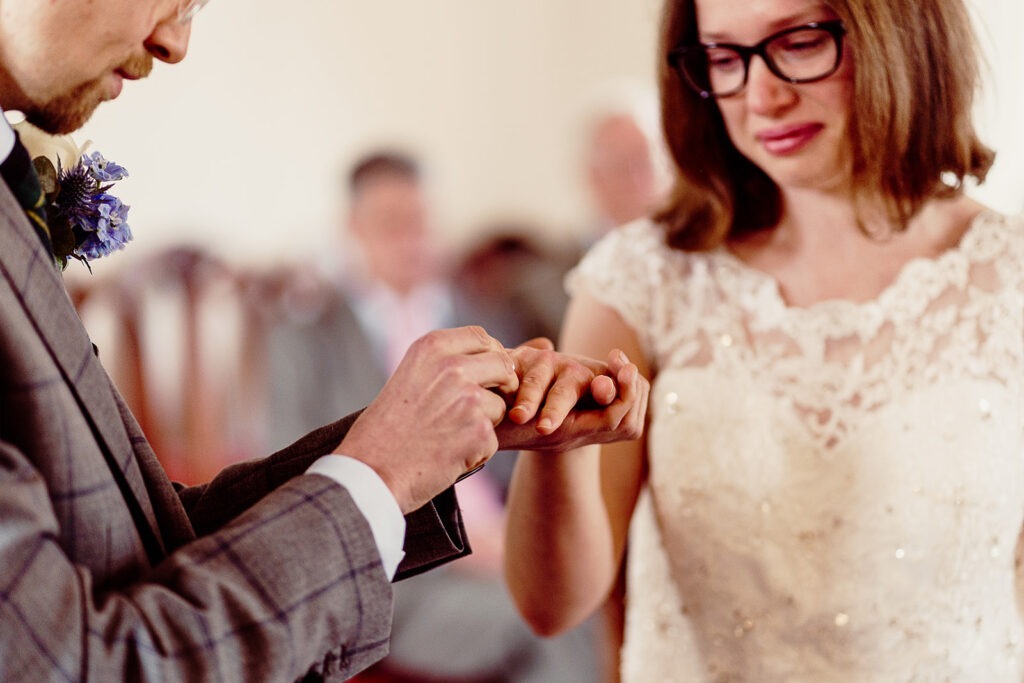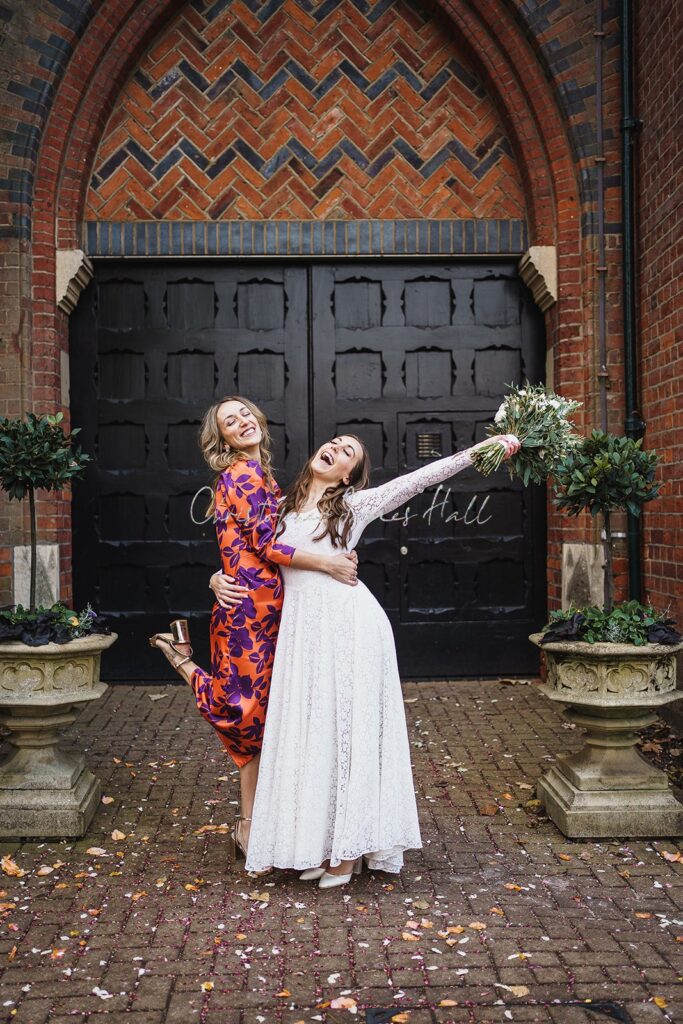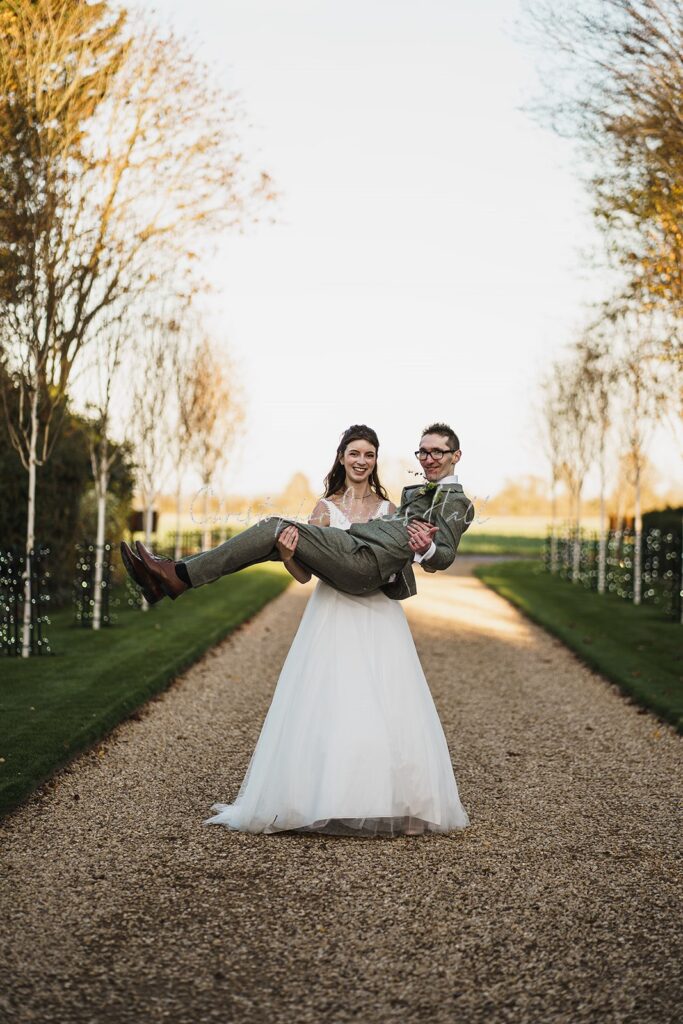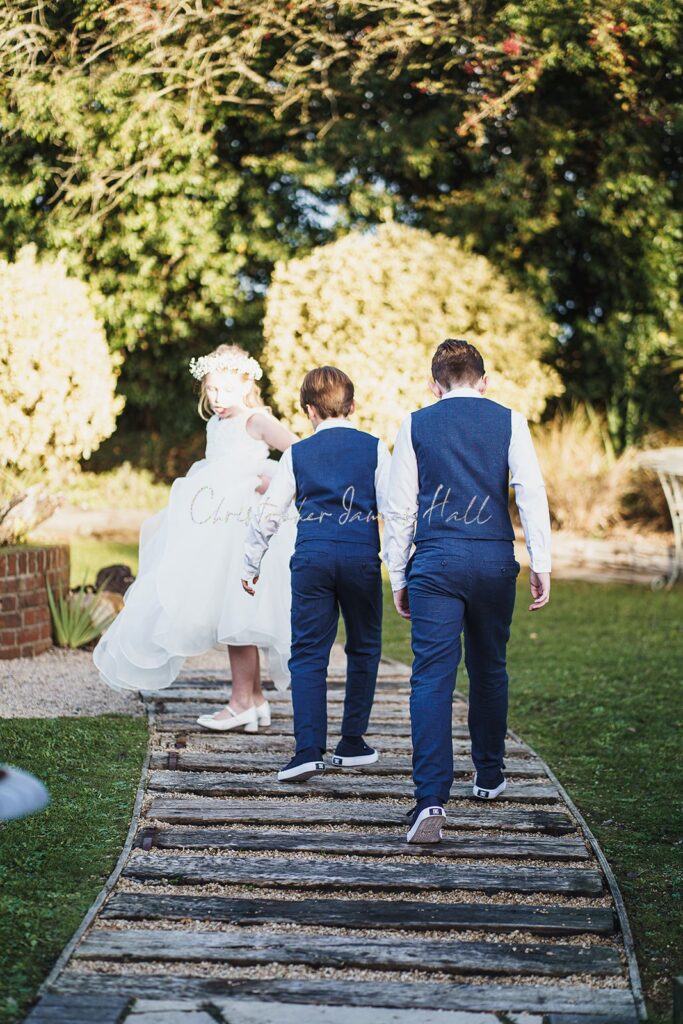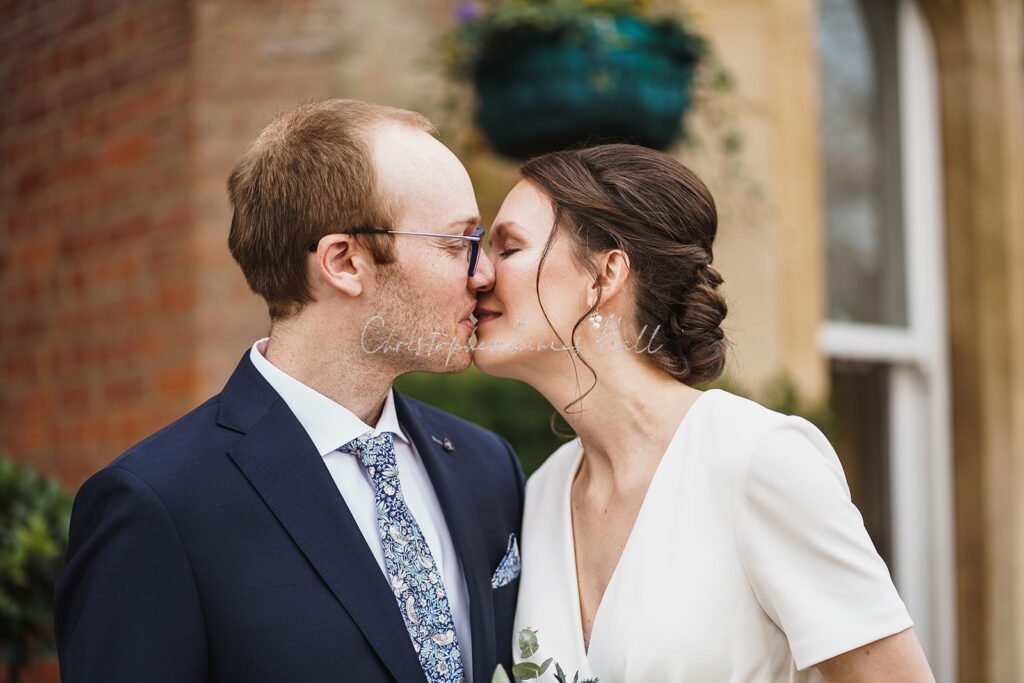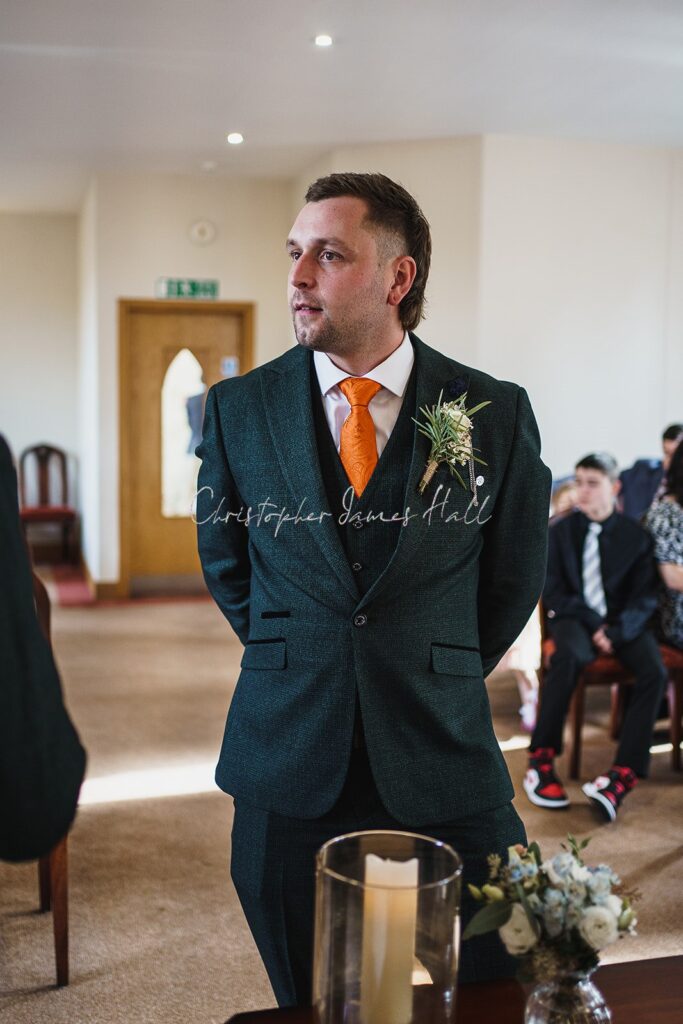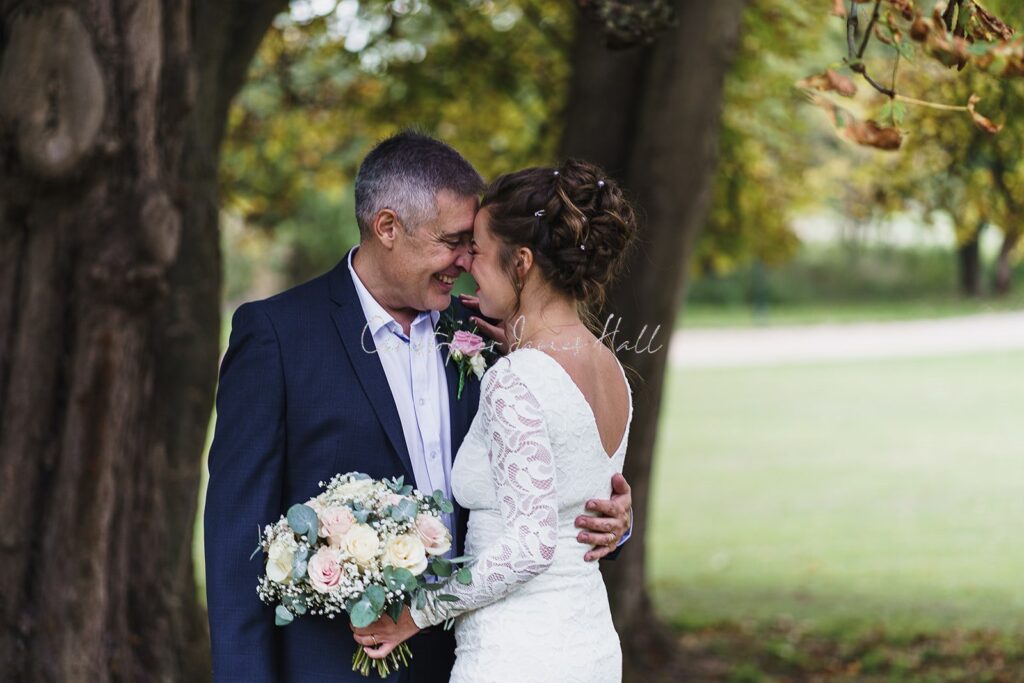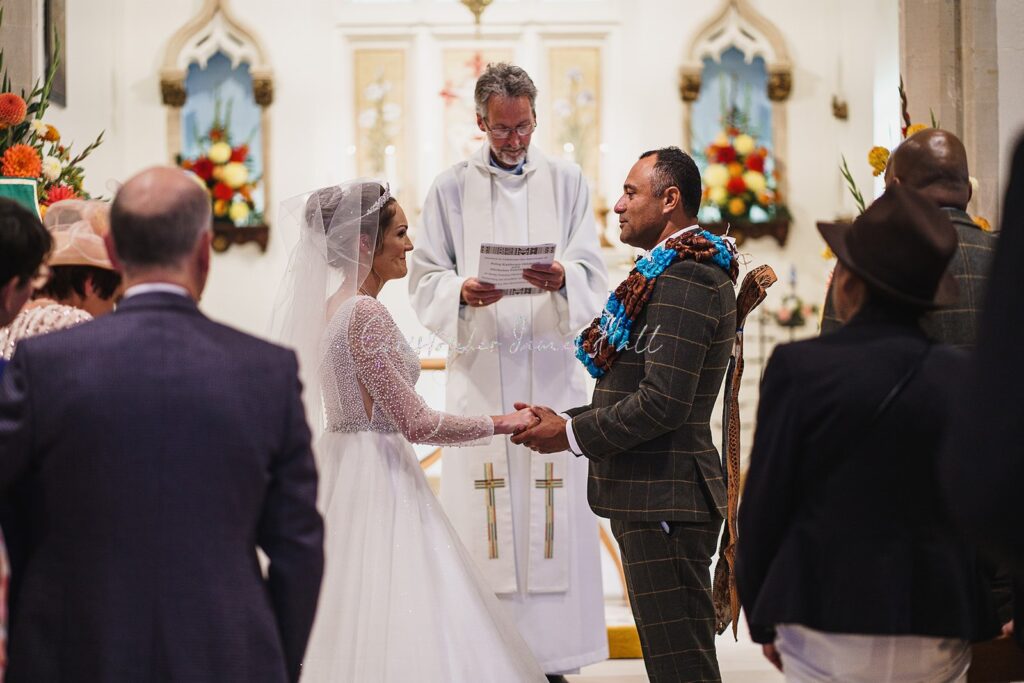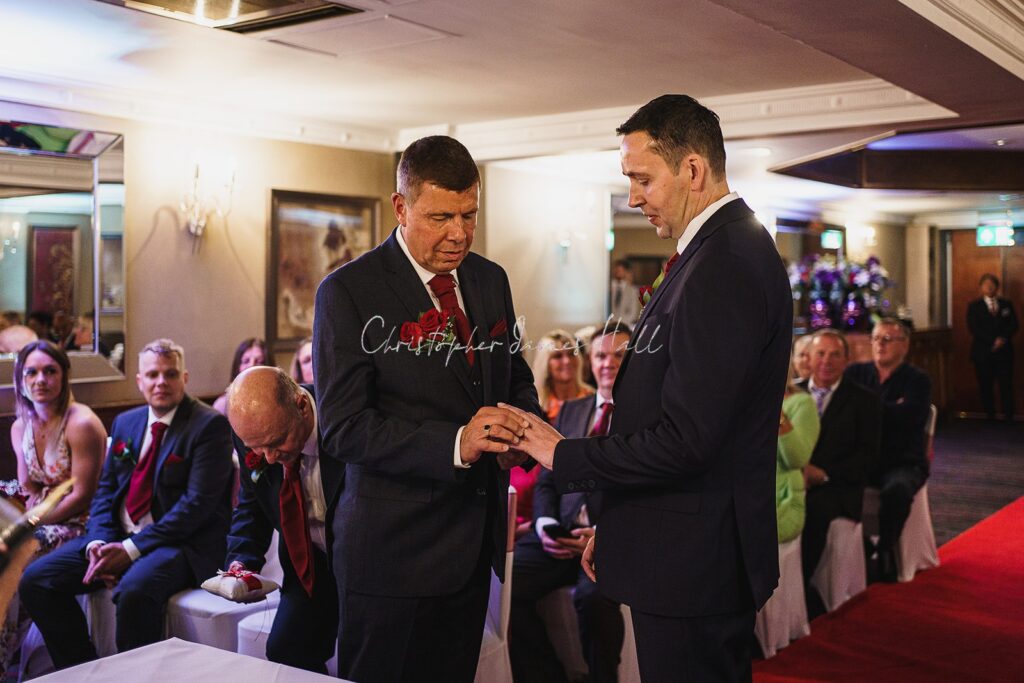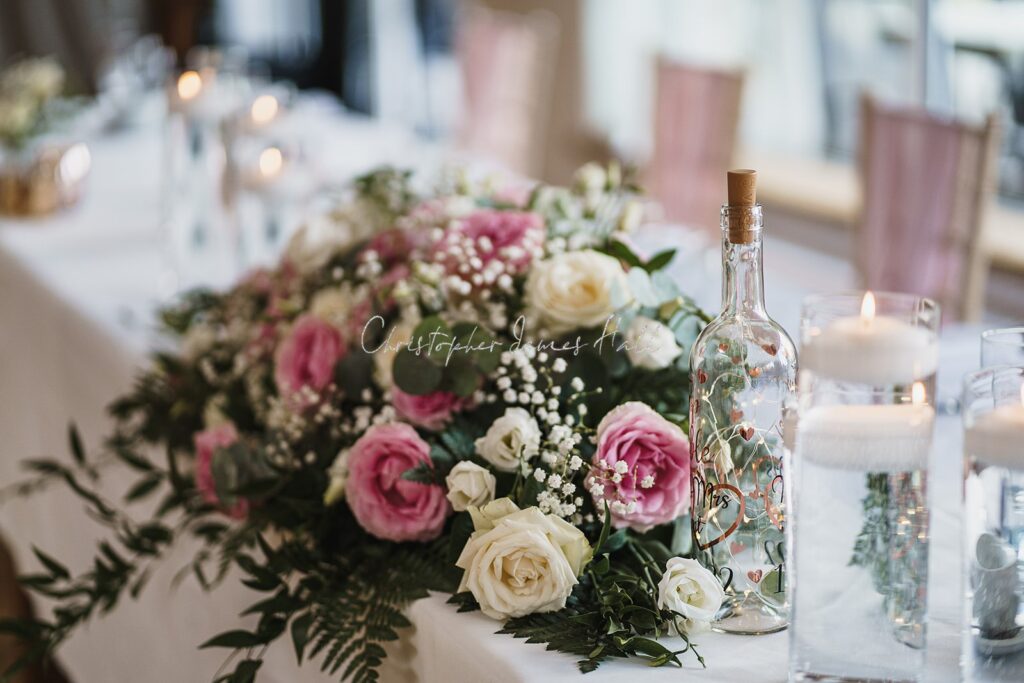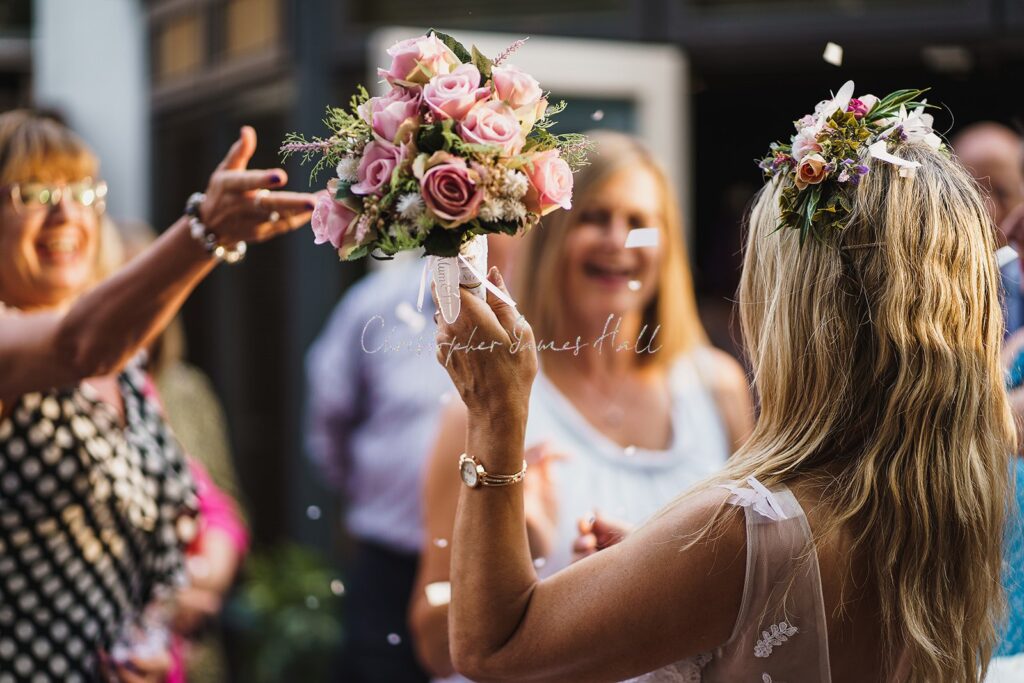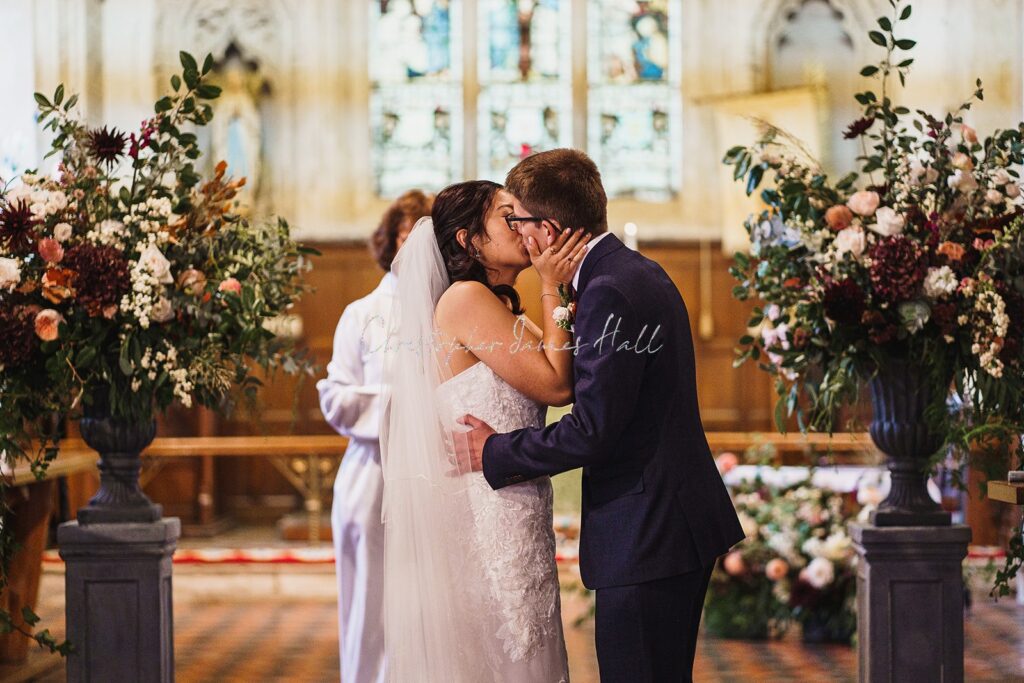Nestled amidst the serene beauty of the English countryside, Chennies Manor recently bore witness to an Indian wedding that was nothing short of spectacular. Against the backdrop of its historic charm and idyllic surroundings, this lavish celebration blended tradition, opulence, and heartfelt moments, creating memories that will last a lifetime. The festivities began with the arrival of guests, greeted by the grandeur of Chennies Manor’s lush gardens and stately architecture. Adorned in their finest attire, attendees were transported to a world of elegance and splendor as they stepped into the enchanting venue. The bride, radiant in her intricately embellished lehenga, made a stunning entrance, her beauty illuminated by the soft glow of twinkling lights and fragrant blooms. Accompanied by the rhythmic beats of traditional music, she walked towards her beloved groom, her eyes sparkling with excitement and anticipation. The groom, regal in his sherwani, awaited his bride with bated breath, his heart filled with love and joy at the prospect of their union. Surrounded by loved ones, he stood beneath the ornate mandap, a symbol of the sacred bond they were about to forge. The wedding ceremony, steeped in centuries-old customs and rituals, unfolded with grace and reverence. Amidst the chanting of Vedic hymns and the gentle flicker of ceremonial flames, the couple exchanged vows and garlands, sealing their commitment to each other amidst blessings from family and friends. One of the highlights of the ceremony was the saat phere, where the couple took seven symbolic steps together, each step
